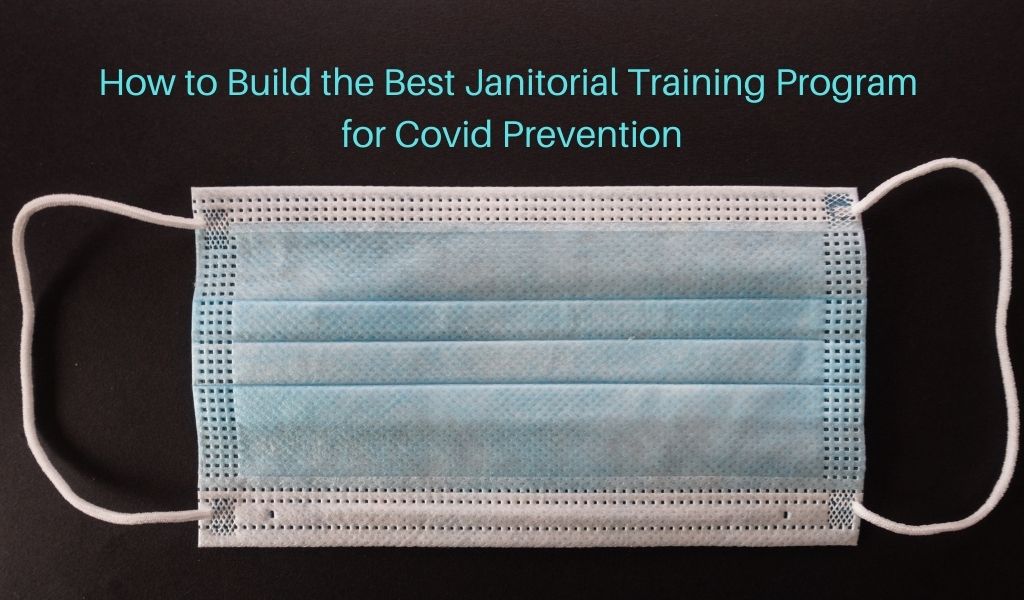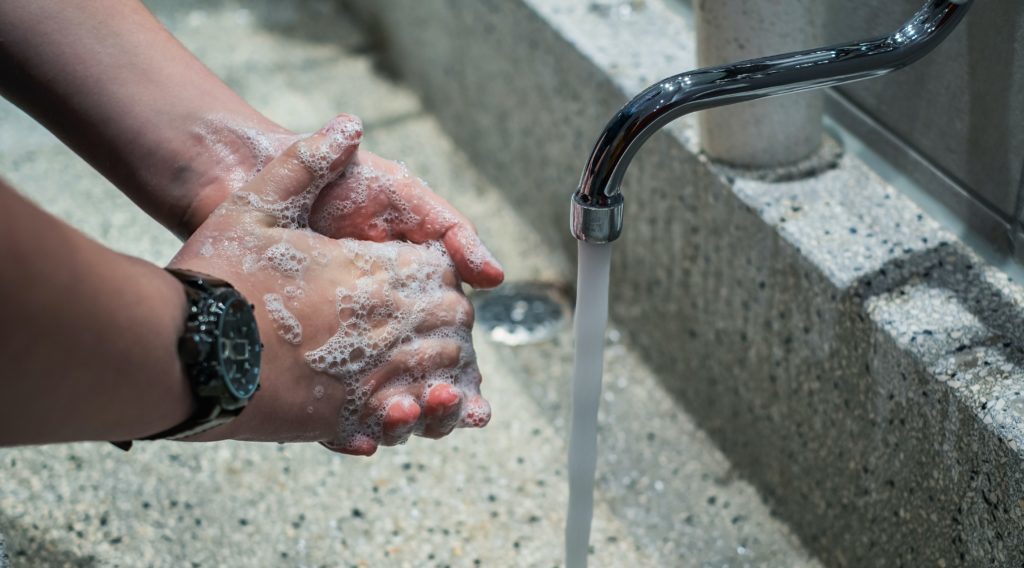With COVID-19 and the possibility of future pandemics, updating your janitorial training program is more critical than ever.
The chances are good that the first janitorial training program you went through was when someone handed you a mop and sent you off with little more than a wave. You learned from that, sometimes with quite a few mistakes along the way. Then when you opened your commercial cleaning business, you decided to do things differently. And better.
Your janitorial training program included a complete onboarding process. You sent your new hires to shadow your team leaders. You trained people personally on equipment maintenance, product usage, and even customer service. And while you always paid attention to cold and flu season, your checklist and training didn’t change much because of a few extra germs.
Now, of course, that’s all different. The people who you work for want a detailed list of what, how, why, and when you’re cleaning things. They want to know which products you’re using. That’s all very understandable. There’s no arguing that the world is dealing with a highly contagious and very deadly virus. We also have the tools that can stop the spread. People in the janitorial services industry are truly on the front lines of this pandemic, which is why it is essential for their safety, the safety of your customers, and the safety of society that a top-notch training program is a priority.
It’s time to take charge of your cleaning services with Janitorial Manager, where you can manage cleaning jobs, communicate with clients, and so much more. Schedule a free demo today to learn more!
7 Steps to updating your janitorial training program for ongoing pandemic response
For the sake of brevity, let’s assume you already have a high-quality janitorial training program in place. If not, check out some of the posts here, here, and here. That’s your first step. Without that foundation, COVID-19 prevention (as well as the prevention of future pandemics) is a lost battle.
As for COVID-specific training, it’s always good to start at the beginning. Even if your team has a good grasp of the virus, a refresher can help everyone.
Step 1. Be clear on what COVID is… and is not. There is a lot of information out there about COVID, and some of it is very far from being true. Get your information from a reliable source such as the Mayo Clinic, The Centers for Disease Control and Prevention (CDC), or your state’s department of health. The World Health Organization (WHO) describes COVID-19 as “an infectious disease caused by a newly discovered coronavirus. And the CDC says that “COVID-19 spreads easily from person to person […] through respiratory droplets produced when an infected person coughs, sneezes, breathes, sings, or talks.”
Step 2. Know how to prevent transmission of COVID-19. You already know most of this: wash your hands frequently, maintain physical distance from other people, and wear a mask. Don’t touch your eyes, mouth, or nose. And be sure your entire team knows when to wear PPE, and how to don and doff PPE.
Step 3. Keep up with the science of how COVID-19 spreads. What we know about this virus today is much different than what we knew when it was first discovered. That’s natural since it takes time to learn. For example, we now know that the primary way the virus spreads is through contaminated aerosols. The WHO points out that “other people can catch COVID-19 when the virus gets into their mouth, nose, or eyes.” The prevalence of this is increased in small, poorly ventilated spaces.
Step 4. Create a detailed cleaning checklist. Depending upon where you are working, your cleaning list may change a lot. A medical setting might require more intensive, deep cleaning because of some of the procedures or the simple fact that there are sick patients. An elementary school might require a greater focus on bathrooms, door handles, and cafeterias. You’ll need to assess the risk on your walkthrough to determine precisely what a checklist will look like for each location. Some things will remain consistent, however. High-touch surfaces will need more attention than ever, and it will be especially crucial for your team to follow a timeline in cleaning.
Step 5. Ensure the proper use of EPA-approved cleaners. As part of your janitorial training program, make sure your team understands how to use EPA-approved cleaners. That includes any mixing your team may need to do and following procedures for contact times.
Step 6. Help your team understand how to talk to customers about COVID-19. Those you clean for will have questions beyond what they may ask you during a walkthrough. It’s vital that your team feels comfortable answering questions and explaining to customers why they follow certain protocols and use specific cleaners. When your team can talk to those who you clean for about the coronavirus, that helps everyone feel comfortable and secure in hiring you.
Step 7. Revisit equipment training and procedures. The best cleaning equipment in the world won’t help anyone if it isn’t used correctly. Revisit the details of using electrostatic sprayers and vacuums with HEPA filters. Don’t skip the small things, either, like replacing cleaning towels more frequently and opening windows where possible to let in fresh, clean air.
Remember, too, that as time passes, it’s easy to get complacent and neglect to follow through on some of these essential steps. It’s worth reminding your team how easily COVID-19 can spread and reminding them to take care to protect themselves and your customers.
These tips will help you in the future, too. Though it’s an incredibly serious problem, COVID-19 isn’t the first pandemic we’ve seen. It wasn’t that long ago that H1N1 (the swine flu) was taking a toll on populations around the globe. And even if we never again see a global pandemic, there’s always the seasonal flu and the common cold that a good janitorial training program can help keep at bay.
Find out how easy it can be to stay in touch with employees and clients, bid on jobs, manage inventory, perform inspections, and more with Janitorial Manager. Check out a free demo to learn about all the great features!


